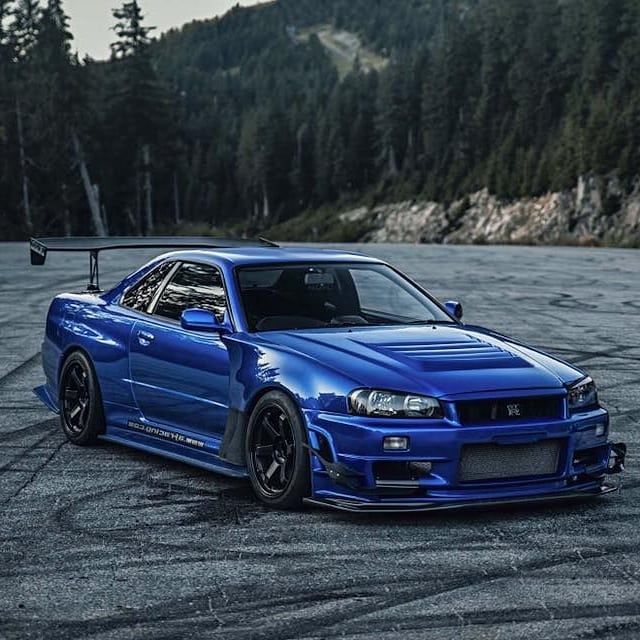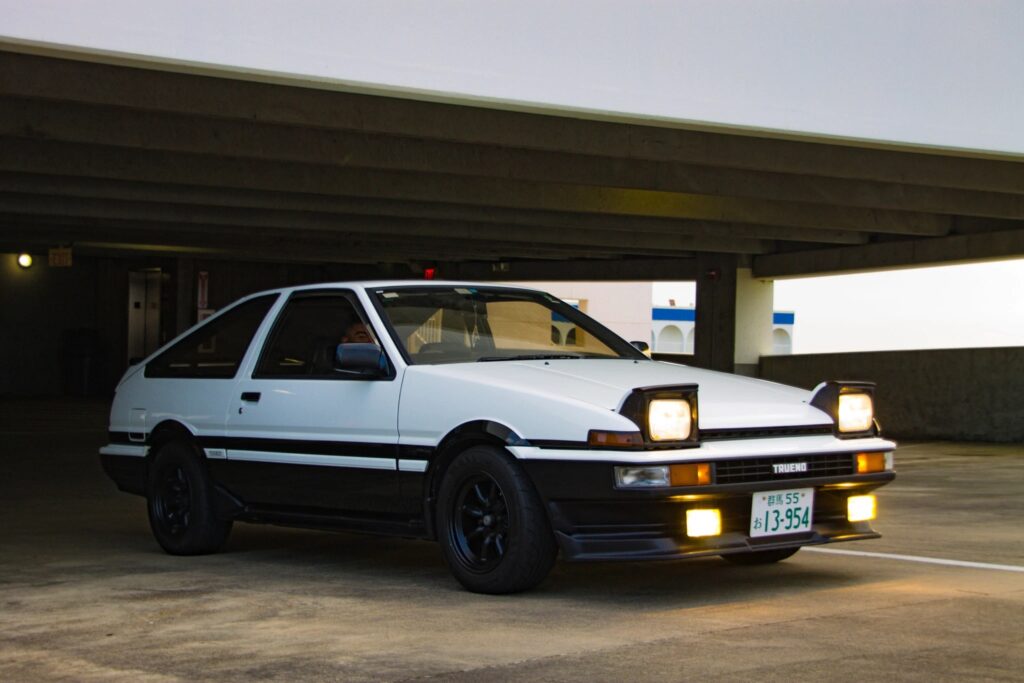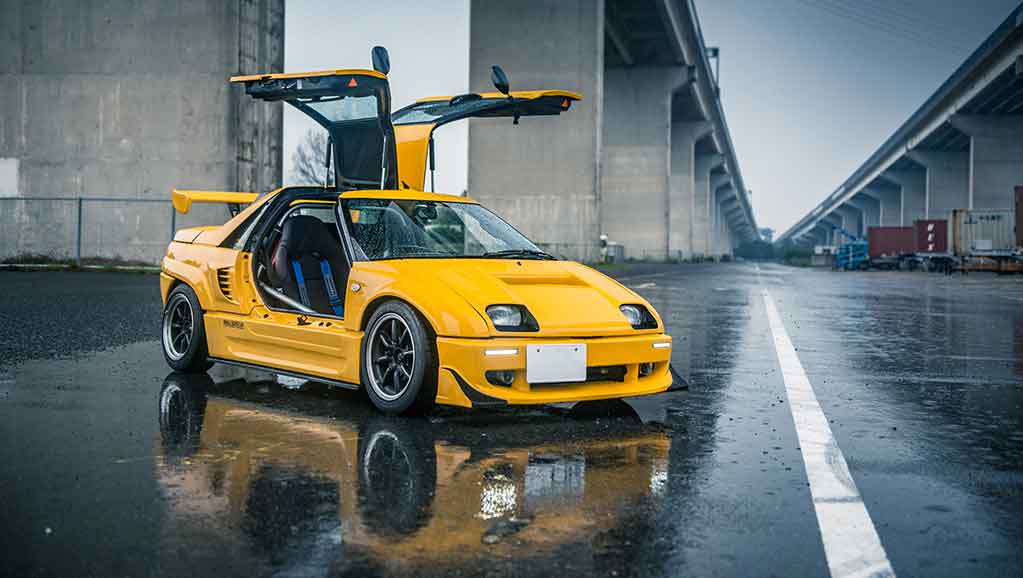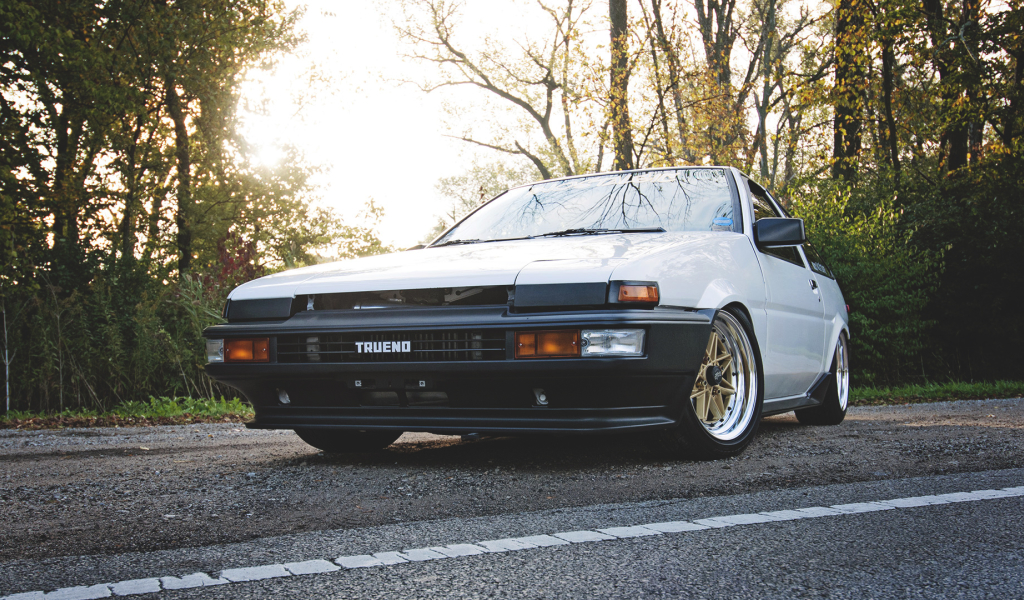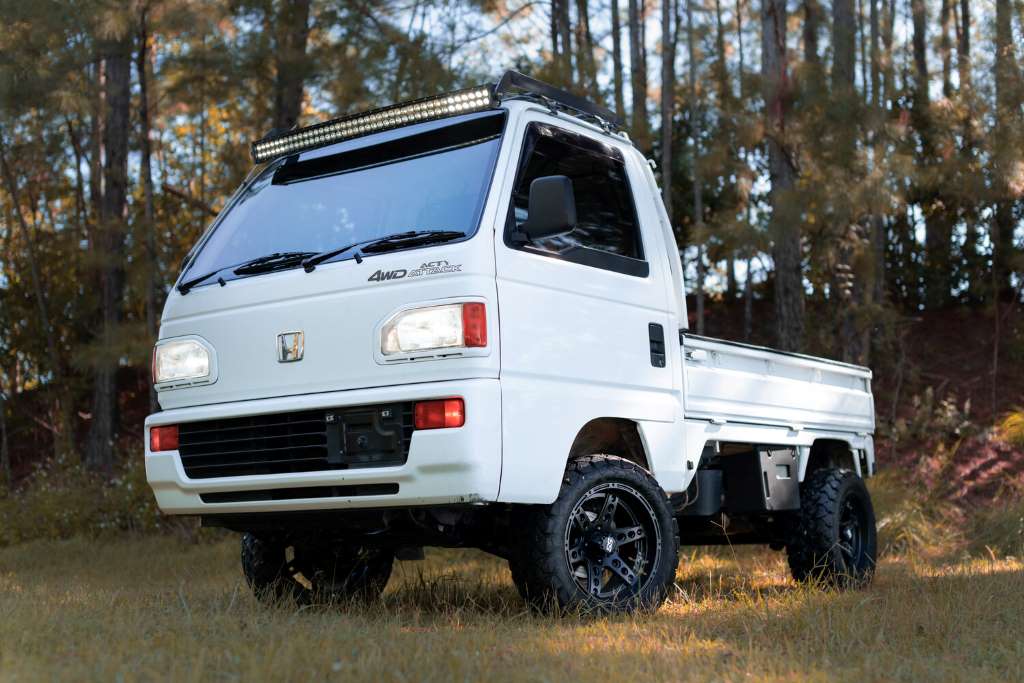10 Things Everyone Gets Wrong About JDM Cars
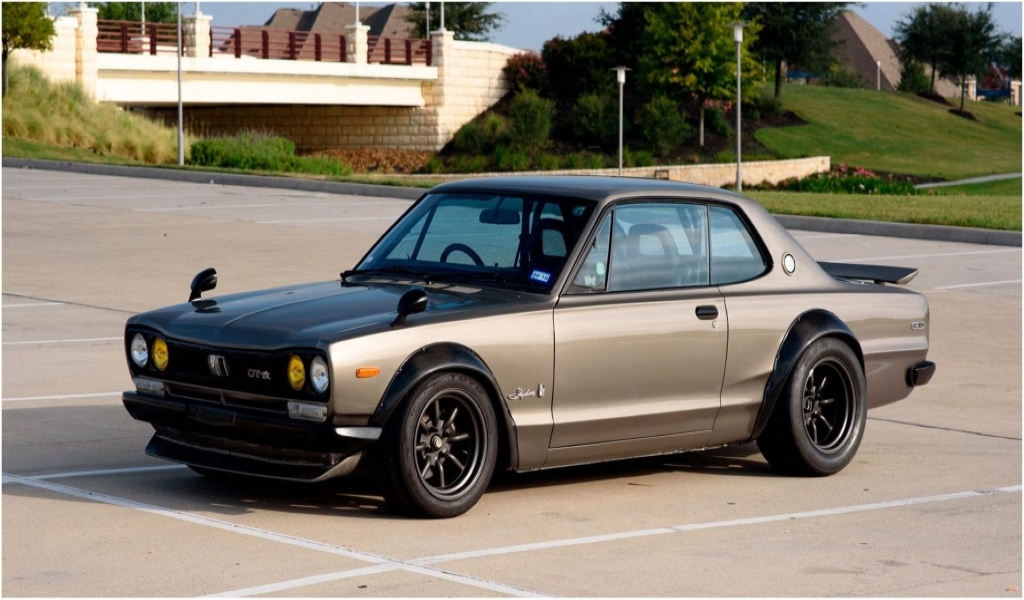
JDM (Japanese Domestic Market) is the term usually referred to as vehicles (mainly cars) that are manufactured solely for the domestic usage of Japanese households.
In the previous articles, we have discussed what JDM cars are all about. This time we shall focus on some of the things that people tend to get wrong about JDM cars.
With all the misleading information floating on the internet nowadays, if you take care to shield yourself from toxic sites as well as soak things up with a grain of salt, then you should get the most out of your browsing sessions.
Having these misconceptions cleared up will help you understand even more insider stuff about JDM cars. If you already got it right, then congratulations to you, you are likely a JDM car geek! Let’s get right into it.
1. You Have To Spend A Lot Of Money On A JDM Car
Have you ever shunned going to JDM car import shops just because you are short on money? Well, then I have to admit, you are missing out on all the fun. Many of these vehicles are affordable while maintaining both eye-catching exteriors as well as quality under the hood.
The Toyota Supra Mk3 is a prime example. Priced at around $20000, it isn’t very competitive in the market compared to its successor, the Toyota Supra Mk4, which is more than double the price. Mk4 is a sports car whereas the Mk3 is a GT (grand tourer) car, so Mk3 is in its element on the highway and fast roads, but Mk4 takes the cake when it comes to bending and drifting.
What I’m trying to say is, if you are willing to rigorously scout the market to own an affordable JDM car, then you should find one in no time.
2. It Is Cheap To Repair A JDM Car?
You are advised against exposing your favorite JDM cars to excessive wear and tear because of the costly expenses that come with a damaged car.
Finding JDM cars that fit your needs and wallet is surely a tough job, but what if I say that you generally cannot find replacement tires for your car anywhere in your home country?
Well, that is because the only way to find spares is to look for them in Japanese domestic shops since Japanese car manufacturers provide their own exclusive technologies and mechanical parts.
3. All Japanese Cars Are Made In Japan
You might have known this beforehand, but just a reminder of how misled people can be, I will put an end to this matter.
There are JDM cars and there are Japanese cars, and the latter envelops the former. Japanese cars can be manufactured in North America, Europe, etc so that the owners can sell to these markets with high potential without ever having to worry about extra export fees and paperwork.
In America, there is also the 25-year import rule as well, so that is one effective way to avoid dealing with the rules. The domestic market is plateauing while the overseas markets are still ripe, and Japanese manufacturers like Nissan, Honda, Toyota are certainly shifting and expanding accordingly.
>> Check out: The 15 Most Popular JDM Car Models
4. Japanese Manufacturers Don’t Make Exclusive Cars For Any Other Market Than Japan
As mentioned above, JDM companies are expanding worldwide, so we should be looking forward to more and more models that meet the standards and even go in line with the wildest imagination of enthusiasts all around the world.
5. The Japanese People Don’t Appreciate Their JDM Cars
This is a misconception that stemmed from the fact that Japanese people always traverse in subways, and also that there are too many great performance cars in Japan that it has become a norm and underappreciated. That can’t be further from the truth.
Motorsports like drifting originated in Japan, the same country where car cartoons like Initial D made their debut, so don’t you worry, the Japanese love their JDMs the same way Americans love their American muscles.
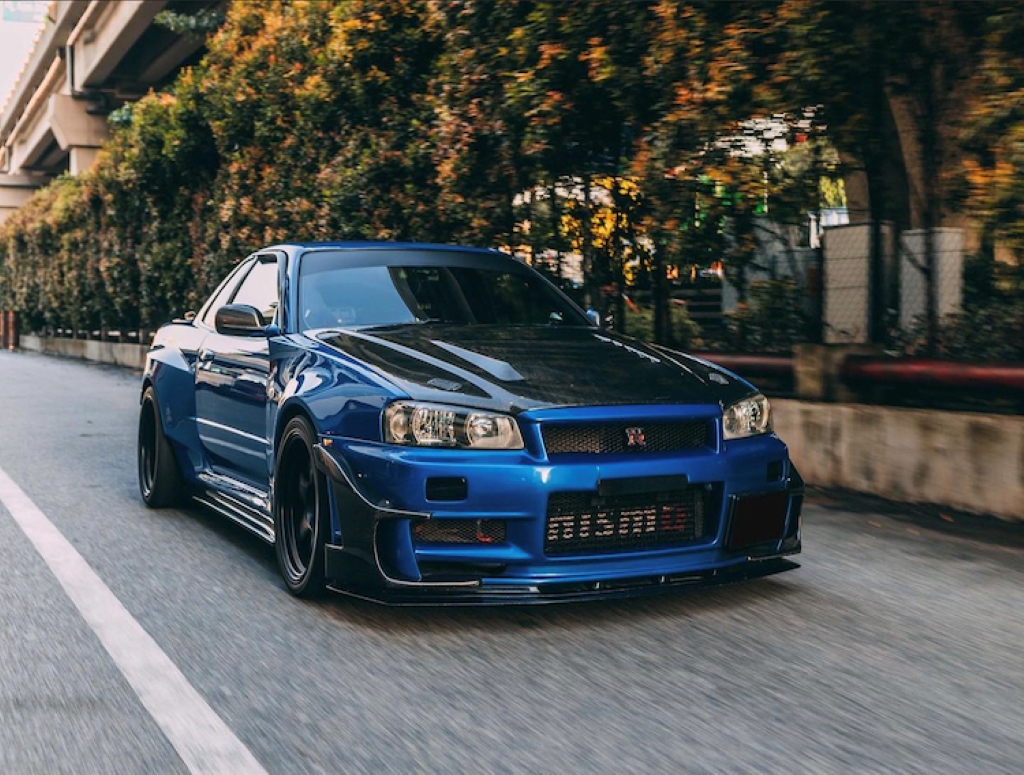
6. Kei Cars Are Lightweight, So They Should Be Fast
Kei is a standard that is considered the norm in Japan only. These compact cars don’t look like they can fit an average western adult in them. From Honda S660 to Autozam-AZ1, they all share the same trait: Horsepower is legally limited to 64 HP.
After all, they are the smallest cars that are allowed on the highway, so the Japanese are cutting corners with this one.
7. Since It Is A JDM, It Must Be In Good Shape
I have heard people giving advice saying that a car being a JDM is almost like being entitled to quality as an import even before it’s unwrapped.
Not all Japanese keep their cars in pristine conditions throughout their shelf life, although knowing Japanese’s defining traits, there should be very few cars that come out flawed when it reaches your country’s shores.
>> Read more: Why Japanese Used Cars Have Low Mileage?
8. My Japanese Car Is Probably A JDM
Well, this one needs no further explanation. Your Japanese cars are most likely manufactured in your home country unless it looks old and legally imported.
The prerequisite of a Japanese Domestic Market car for it to be called what it is is that it must be sold in Japan. Also, if you live in countries that implement the 25-year-rule, then the model must be sold during the 90s to be legally imported.
9. JDM Cars Are Always Of Top-notch Quality
JDM car manufacturers all have their methods of cutting costs. Japanese automakers introduce new designs and technologies in their local market before moving on to global markets, however, a quick look inside the 1996 Suzuki X-90 should reveal cheap plastic components all over the place.
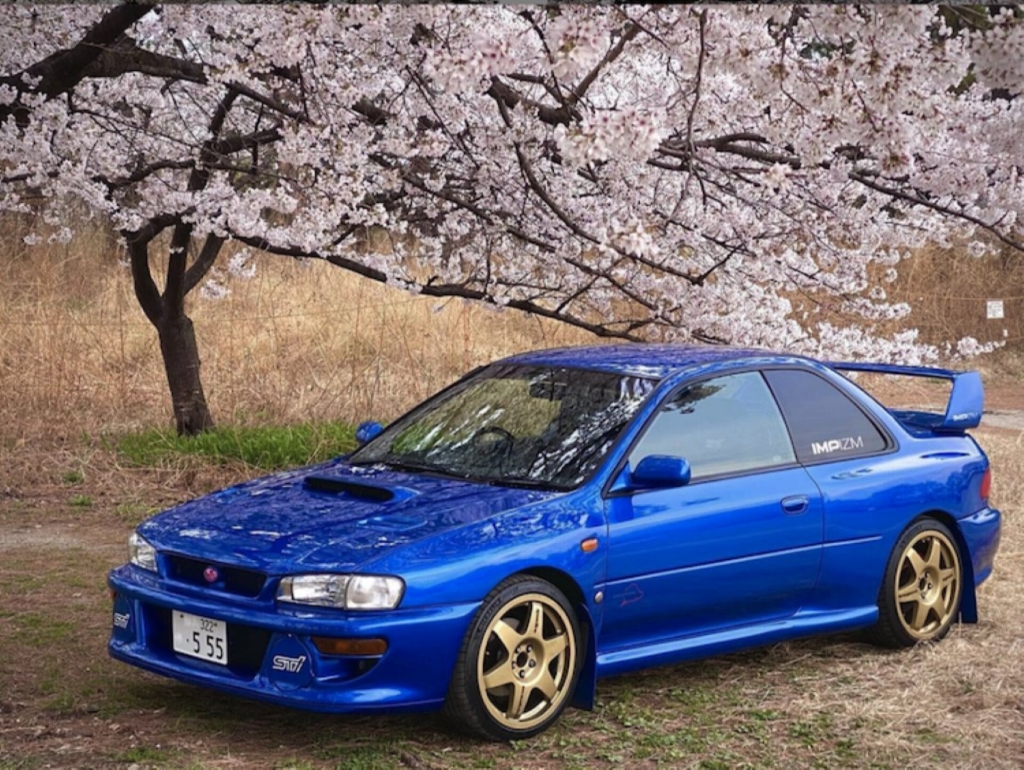
10. All JDM Cars Are Sports Cars
Cars that have a Japanese brand on the front don’t automatically mean they are sports cars, people. There exist JDM cars with plain designs, and chances are they can only drive you to work and back again, and by default, cannot be more different from a sports car.
Actual JDM sports cars aren’t meant for your average daily routines, as they can easily make any American muscles eat their dust.

